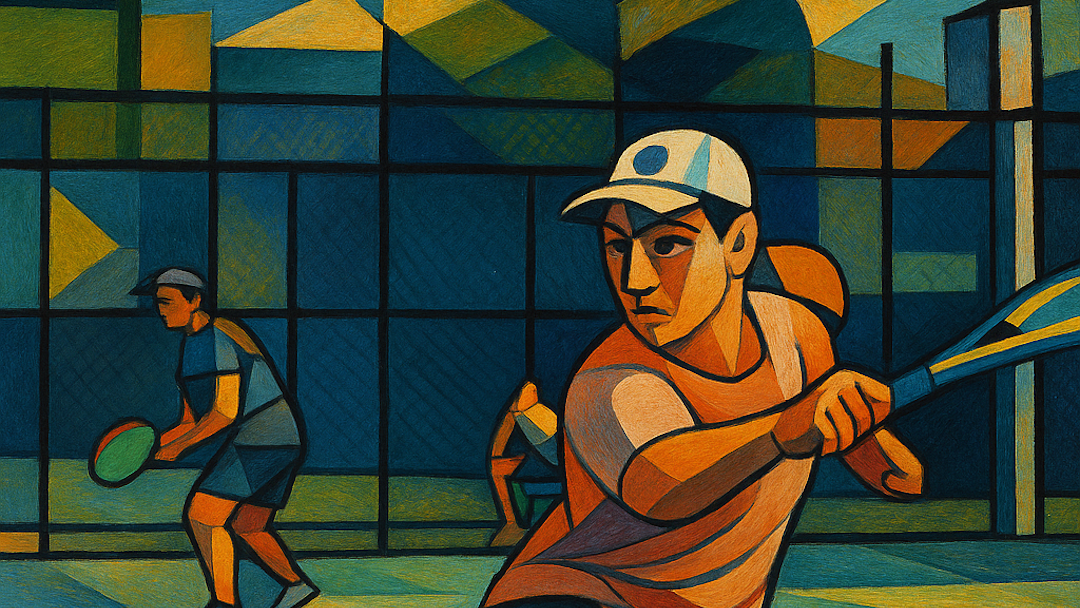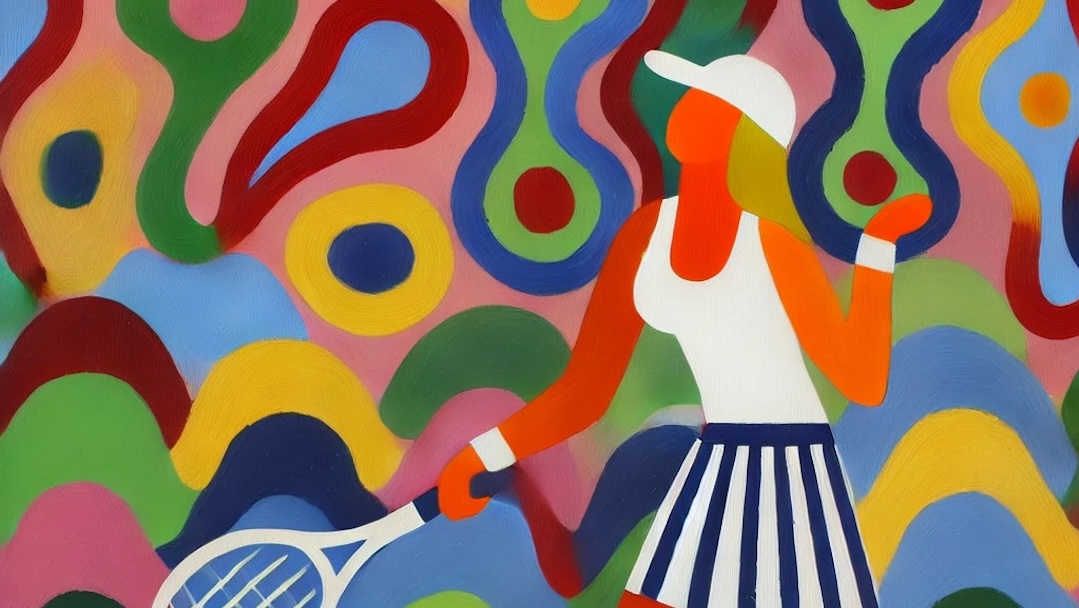Tennis Hits the Books
‘Seeing Serena‘ is an unauthorized biography of Serena Williams recently published by Gerald Marzorati, a tennis writer for the New Yorker. The book chronicles Serena’s return to tennis competition after giving birth to her daughter. Without any special access to Serena and her inner circle, Marzorati examines the player from an external perspective and through the lens of himself as a middle aged white man. He navigates those treacherous waters with skill. The result is a compelling and multi-faceted portrait of Serena.
Seeing Serena weaves details of her early life with current events and chronicles both the evolution of Serena as a person as well as how the tennis industry attitudes have evolved over time. Both Serena and her sister Venus were initially regarded as outsiders in the locker room and by tennis fans. Tracey Austin observed that that at times the William’s sisters only had each other. That fact was essential to their success. Austin was quoted in the book, “I don’t think Serena would have made it without Venus, or Venus without Serena.”
Serena’s outsider status was cemented at Indian Wells in 2001 when she was only 19. While playing the Finals against Kim Clijsters, Serena was heckled and booed throughout the match. One explanation is that the crowd was angry that Venus had withdrawn from the semi-final match against Serena with the stadium already filled for that match. It also fueled rumors that were already swirling around that Richard Williams was “match-fixing” the head to head meetings between his daughters. For their part, the William’s family saw their treatment at Indian Wells as racist and disrespectful. Neither sister returned to Indian Wells until 2014.
Marzorati recounts the Indian Wells episode from multiple angles, bringing new viewpoints to the story and perspectives that benefits from the passage of time. In addition to providing valuable observations of one of the most emotionally charged cultural moments in tennis, he portrays how that event galvanized the “us against them” mentality that still perseveres in Serena’s camp.
One of the more interesting viewpoints presented in this book was provided courtesy of WTA writer Courtney Nguyen. She sums it up this way: “Serena is very good at giving you what she gets.” That insight completely explains the evolution from the early “outsider” days to the present reality of how Serena interacts with the other players. Currently Serena is largely treated with respect and awe by the rising stars of the game. Her locker room persona has completely transformed from her early days on the tour.
Marzorati also chronicles a nuanced perspective on greatness which courtesy of Paul Annacone. When a player has achieved greatness it is not that they ever cease to be great. However, it is hard to sustain greatness over an extensive period of time. Greatness never fundamentally goes away, it’s just harder to conjure over time.
I am generally unenthusiastic about biographies of athletes who are still actively competing. As such, I approached this book with great trepidation and low expectations. I was pleasantly surprised. Seeing Serena is a worthwhile and enjoyable read. I learned a lot about Serena and the professional game of tennis and was thoroughly entertained along the way. I highly recommend it to all tennis enthusiasts.
 | Seeing Serena |
This site previously reviewed another book by Mazorati in “Late to the Ball: A Journey into Tennis and Aging” November 12, 2020. If you like this book you will probably like that one as well.



